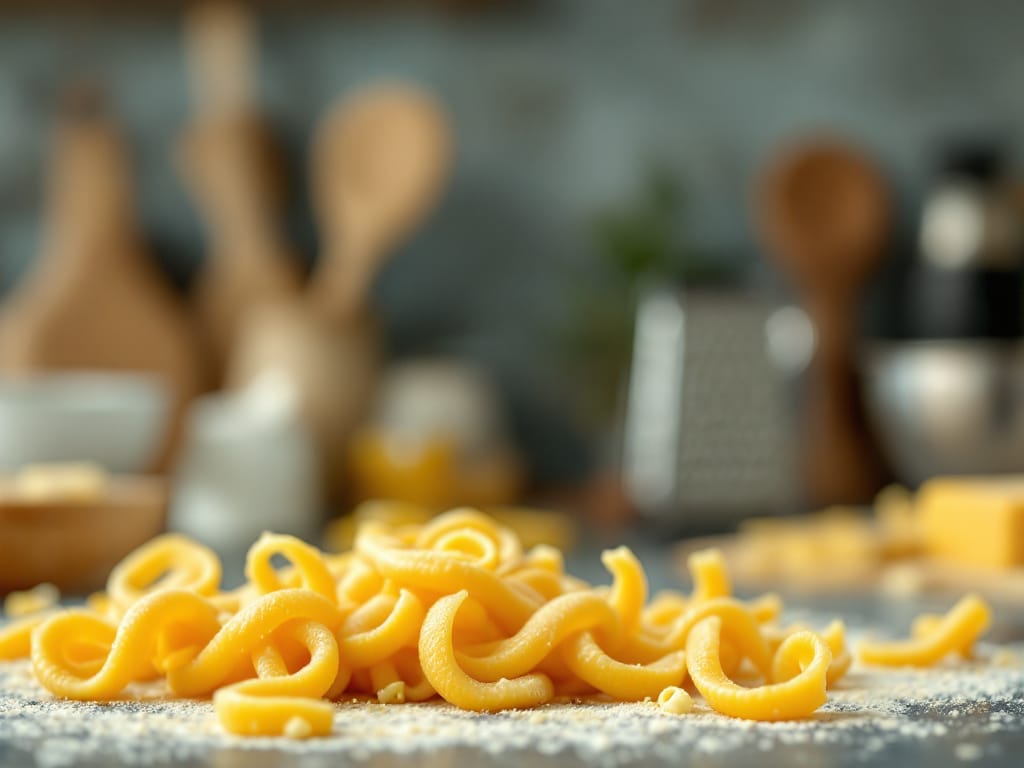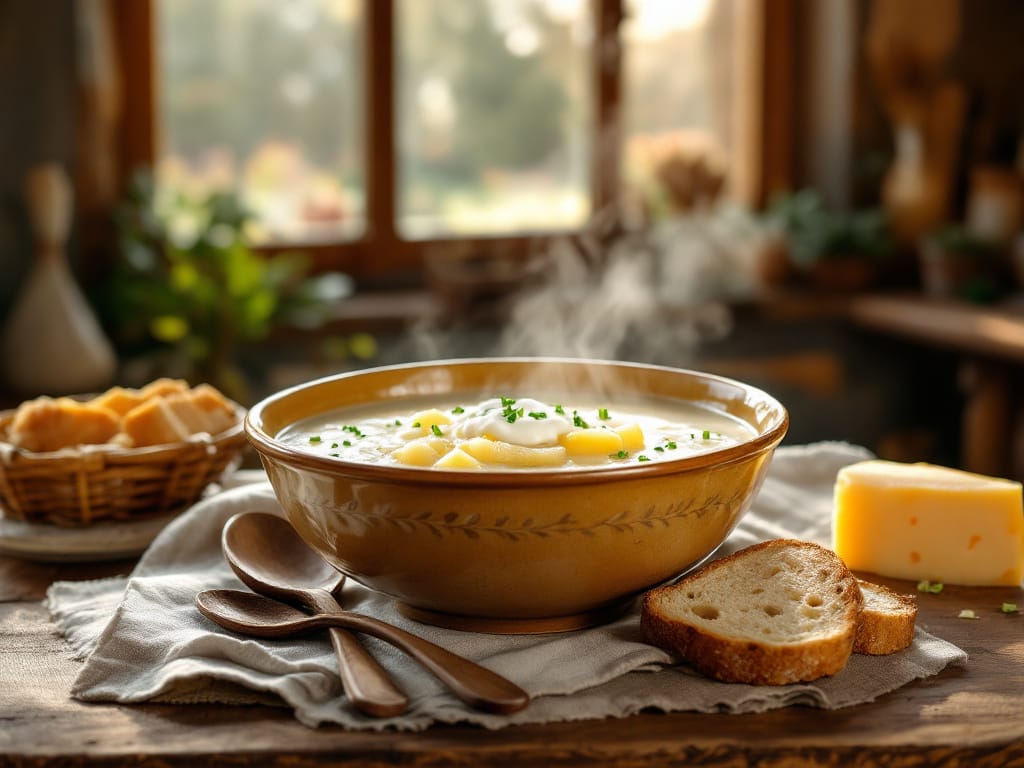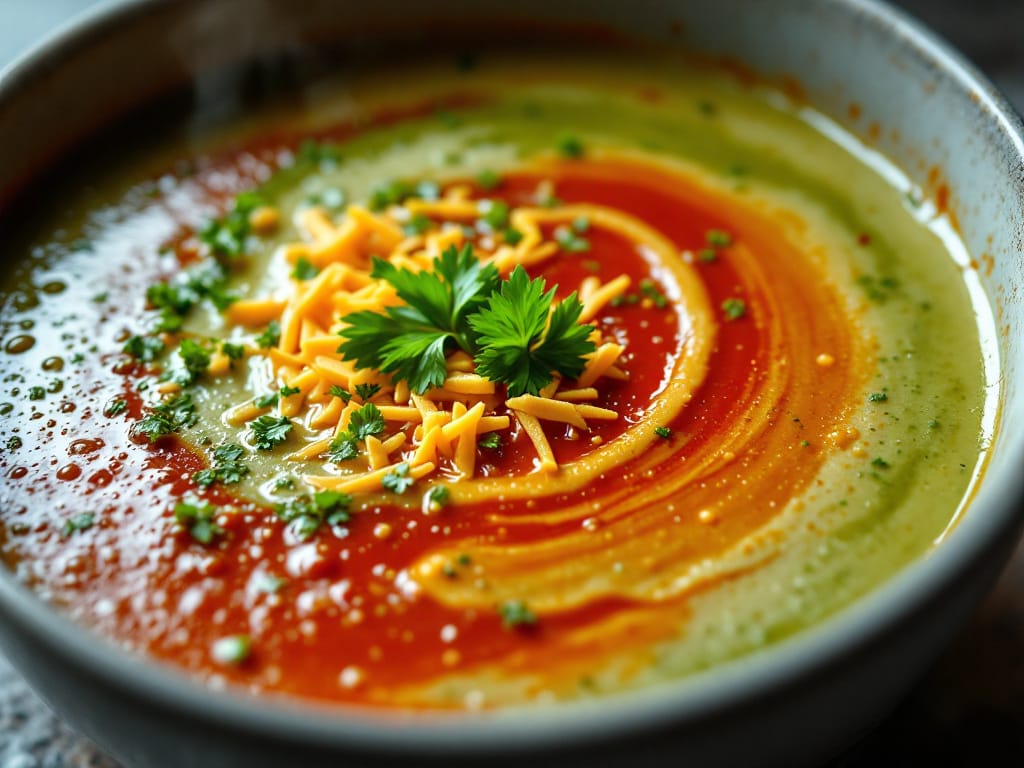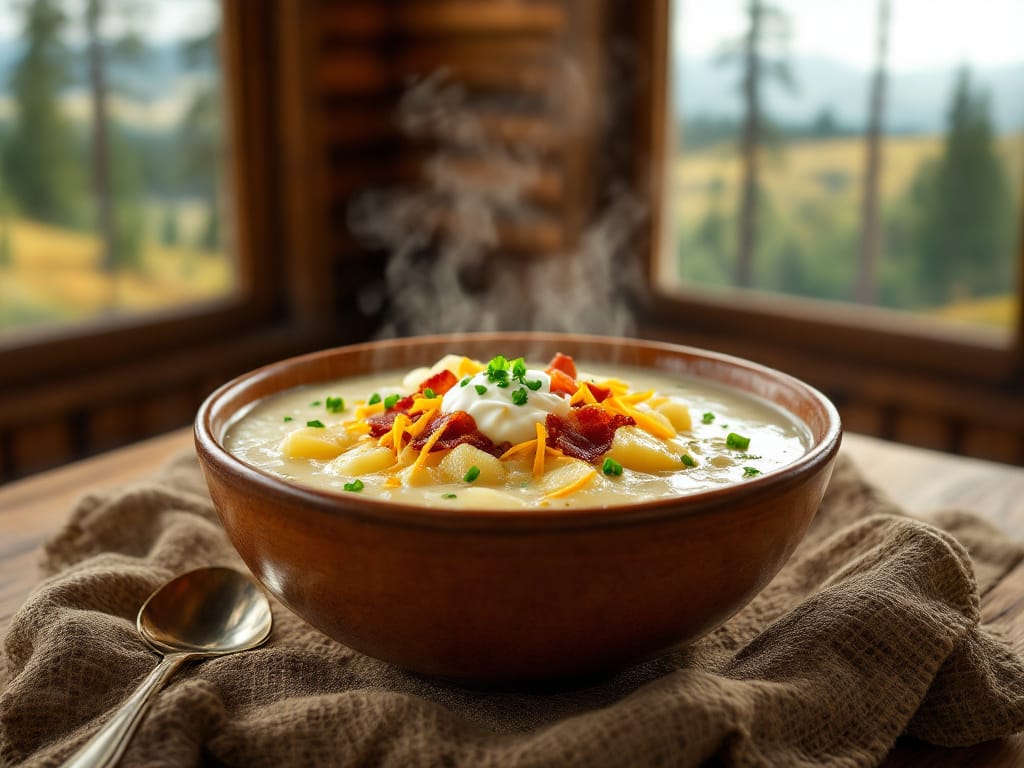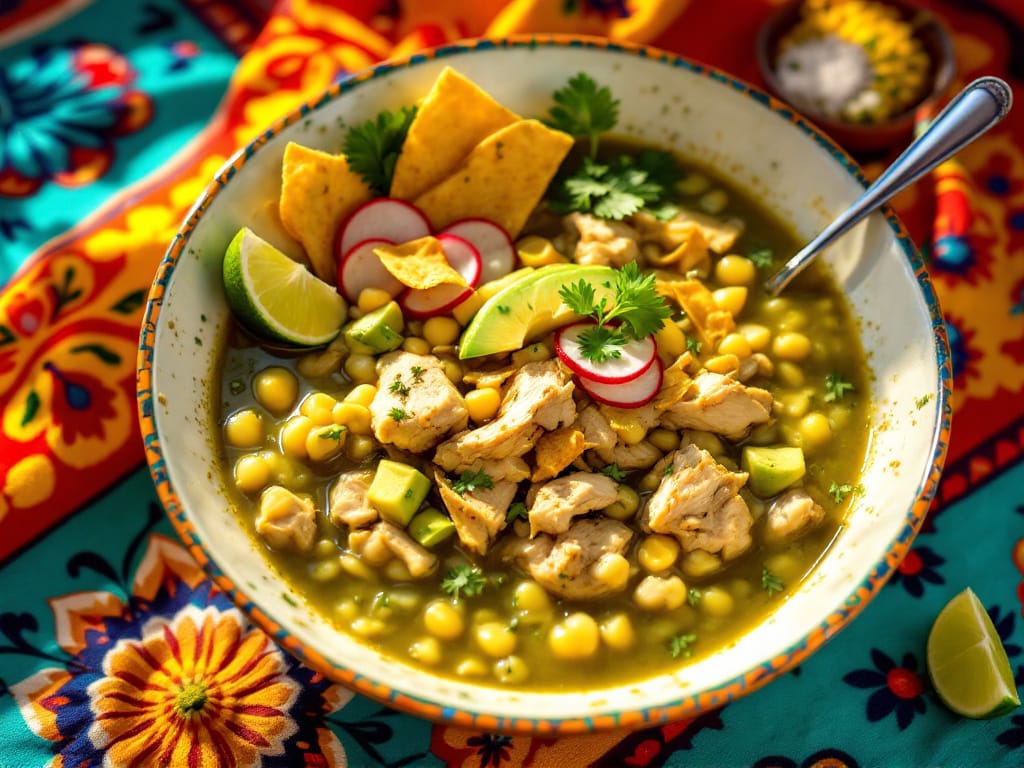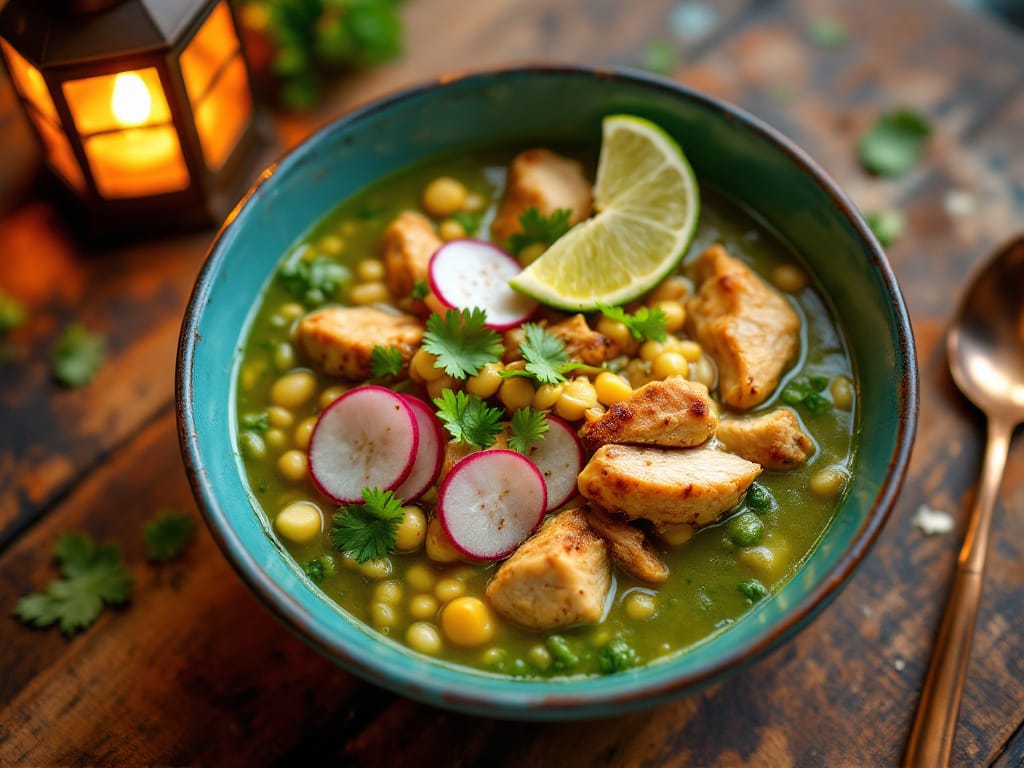Mac and cheese holds a special place in the hearts of food lovers everywhere. Its creamy texture and cheesy goodness make it a timeless comfort food. However, even this classic dish can go wrong if certain mistakes are made during preparation. By identifying and avoiding these common pitfalls, you can transform your mac and cheese from mundane to mouthwatering. In this guide, we’ll delve into the most frequent errors cooks make and how to avoid them for a perfect dish every time.
Common Mistakes in Ingredient Selection
The success of your mac and cheese begins with the ingredients you choose. The wrong choices can compromise the dish’s texture, flavor, and overall appeal.
Choosing the Wrong Cheese
The cheese you select is the foundation of your mac and cheese. Not all cheeses are created equal when it comes to melting and achieving a smooth, creamy sauce. Hard cheeses like Parmesan or crumbly varieties like feta don’t melt uniformly, resulting in a grainy texture.
- Better choices: Cheddar, Gruyère, Monterey Jack, or a blend of these for a rich, flavorful sauce.
- Avoid processed “cheese products,” as they often lack depth and authentic flavor.
Learn how fresh dairy like milk can elevate recipes in How to Make Milk Bread.
Skipping Fresh Ingredients
Using fresh, high-quality ingredients is key to achieving a dish that stands out. Pre-shredded cheese might save time, but its anti-caking agents can prevent it from melting smoothly.
- Always use freshly grated cheese for the best results.
- Opt for fresh dairy products like whole milk, heavy cream, and butter to ensure richness.
Using Low-Quality Pasta
The type of pasta you use matters more than you might think. Thin or brittle pasta can turn to mush, while overly dense varieties may not absorb the sauce effectively.
- Best options: Elbow macaroni, cavatappi, or shells, which hold sauce well and maintain their texture.
- Avoid bargain-brand pasta with inconsistent quality.
Errors in the Cooking Process
Even with the right ingredients, poor technique can ruin your mac and cheese. Mastering the cooking process is crucial for a creamy, flavorful dish.
Overcooking the Pasta
One of the most common errors is overcooking the pasta. When pasta is overcooked, it becomes mushy and lacks the structure needed to hold the sauce.
- Cook pasta al dente—firm to the bite—as it will continue cooking slightly when combined with the sauce.
- Use ample salted water to prevent sticking and enhance flavor.
Not Making a Proper Roux
A roux—a mixture of flour and fat (usually butter)—is the backbone of a creamy cheese sauce. Skipping or improperly making a roux can result in a thin, watery sauce or one that clumps.
- Heat the butter until melted, then whisk in the flour.
- Cook the roux for 1-2 minutes to eliminate the raw flour taste before gradually adding milk.
Want more insights into thickening techniques? Check out Best Chowder Thickeners.
Adding Cold Milk to the Roux
Using cold milk can disrupt the cooking process, causing the sauce to develop lumps. Temperature consistency is key.
- Heat the milk slightly before adding it to the roux.
- Stir continuously to maintain a smooth consistency.
Skipping Seasoning
While cheese is naturally salty, neglecting additional seasoning can lead to a bland dish. Seasoning the sauce enhances its flavor profile and complements the cheese.
- Add salt, pepper, and garlic powder to taste.
- A touch of mustard powder or nutmeg can add subtle depth.
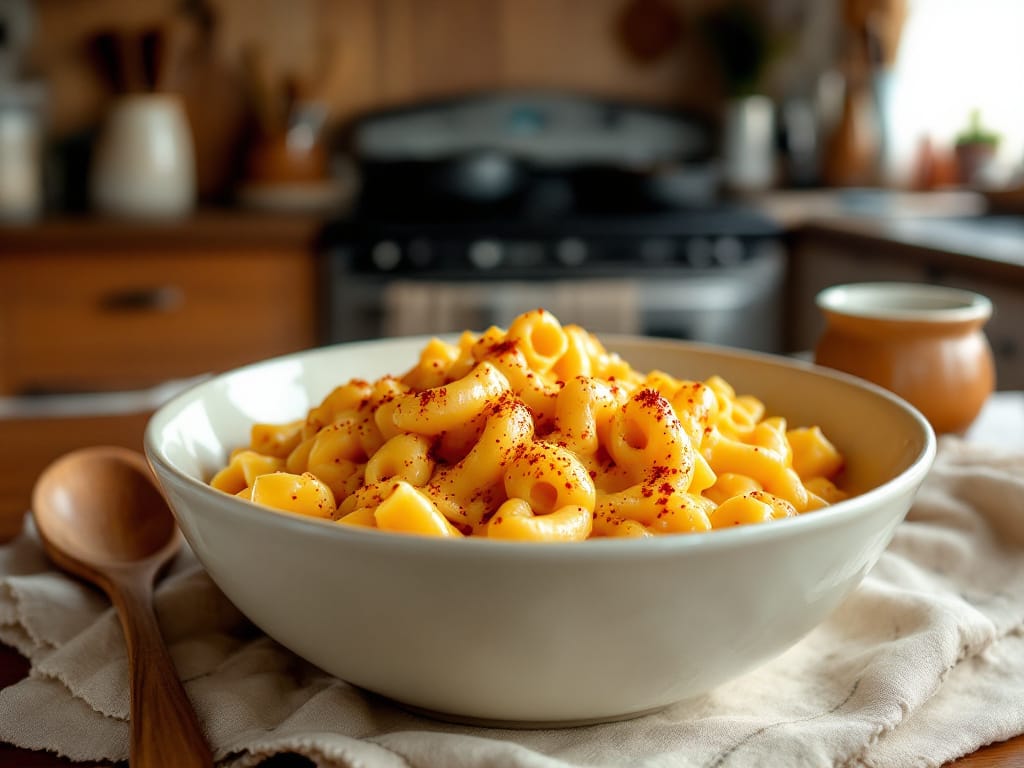
Assembly and Baking Blunders
Even if your ingredients and cooking technique are flawless, errors during assembly and baking can ruin the final dish. Follow these tips to avoid common pitfalls and ensure your mac and cheese is baked to perfection.
Uneven Layering of Cheese
Failing to distribute cheese evenly throughout the dish can result in inconsistent flavor and texture. Uneven layers may create pockets of cheese or leave some bites bland.
- Combine cheese thoroughly into the sauce rather than sprinkling it haphazardly.
- Ensure every piece of pasta is coated in the sauce for a uniform flavor.
Overbaking or Burning
Overbaking is one of the fastest ways to dry out your mac and cheese, leaving it with a tough, chewy crust. Striking the right balance is key.
- Bake the dish just until the top is golden and bubbling, typically 20-25 minutes at 375°F.
- Cover the dish with foil for the first half of baking if you’re concerned about the cheese browning too quickly.
Adding Toppings That Overpower
Toppings like breadcrumbs or bacon can elevate the dish but should not overshadow the cheesy goodness.
- Use toppings sparingly and choose complementary flavors.
- Lightly butter breadcrumbs before sprinkling them on top to create a delicate, golden crust.
Mistakes in Storage and Reheating
Leftover mac and cheese can be a delight if stored and reheated properly. However, these mistakes can turn your leftovers into a dry or rubbery disappointment.
Improper Storage
Storing mac and cheese improperly can result in spoilage or loss of texture.
- Store leftovers in an airtight container to prevent moisture loss.
- Refrigerate promptly, and consume within 3 days for optimal taste and safety.
Reheating Without Moisture
Reheating mac and cheese without adding moisture can make it dry and unpleasant.
- Stir in a splash of milk, cream, or even chicken broth before reheating.
- Warm it gently on low heat or in the oven covered with foil to retain its creamy texture.
Explore the importance of ingredient prep in How to Dry Out Brioche Bread for French Toast.
Expert Tips for Perfect Mac and Cheese
Elevate your mac and cheese with these expert-recommended techniques and ingredient swaps.
- Use a Cheese Blend: Combining sharp cheddar with creamy Gruyère or mozzarella enhances flavor complexity and texture.
- Incorporate Mustard or Hot Sauce: Just a hint can cut through the richness and add subtle zing.
- Use Pasta Water: Add a splash of pasta water to your sauce for extra creaminess, thanks to its starch content.
- Experiment with Add-Ins: Add sautéed onions, garlic, or roasted vegetables for added depth and variety.
FAQs About Mac and Cheese
What Cheese Is Best for Mac and Cheese?
Cheddar, Gruyère, and Monterey Jack are excellent options. Mixing multiple cheeses can elevate the dish.
How Do You Prevent Mac and Cheese from Getting Grainy?
Ensure your roux is smooth, avoid overheating the cheese, and use freshly grated cheese.
Can I Use Gluten-Free Pasta for Mac and Cheese?
Absolutely! Choose gluten-free varieties made from rice or chickpeas for the best texture.
What’s the Secret to a Creamy Sauce?
A well-made roux, warm milk, and high-quality cheese are essential. Stir continuously and avoid overheating.
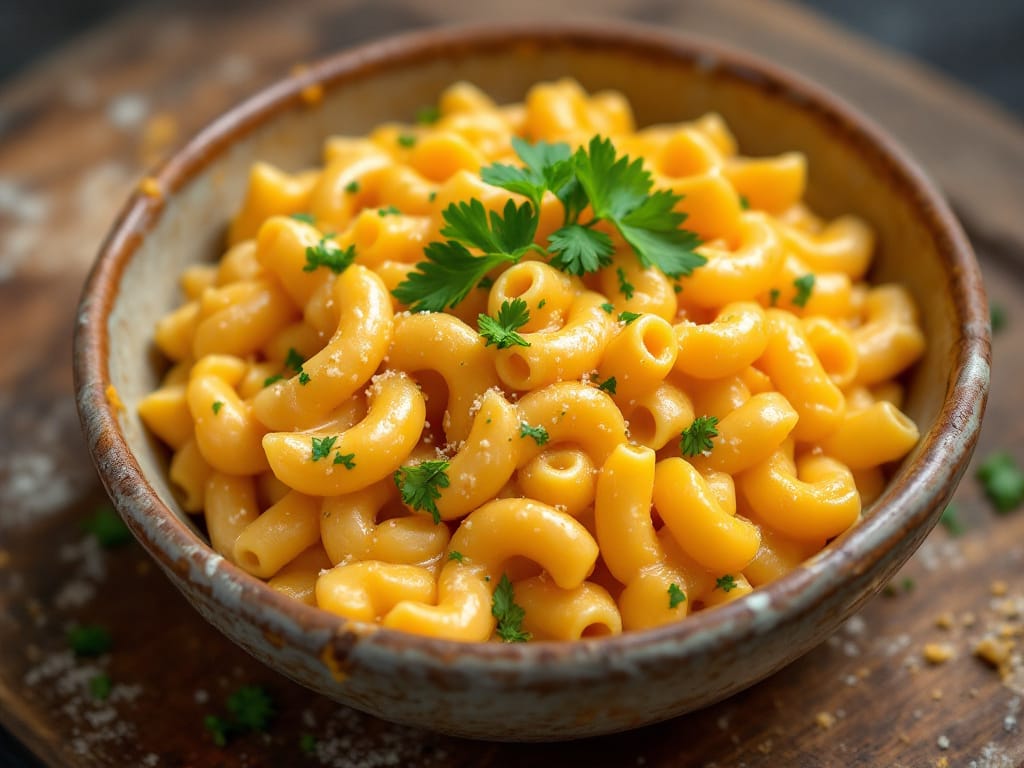
Conclusion
Crafting the perfect mac and cheese is about more than just combining pasta and cheese. By avoiding these common mistakes and incorporating a few expert tips, you can create a dish that is creamy, flavorful, and utterly irresistible. Don’t be afraid to experiment with ingredients and techniques to make the recipe your own. Enjoy the journey and the delicious results!

